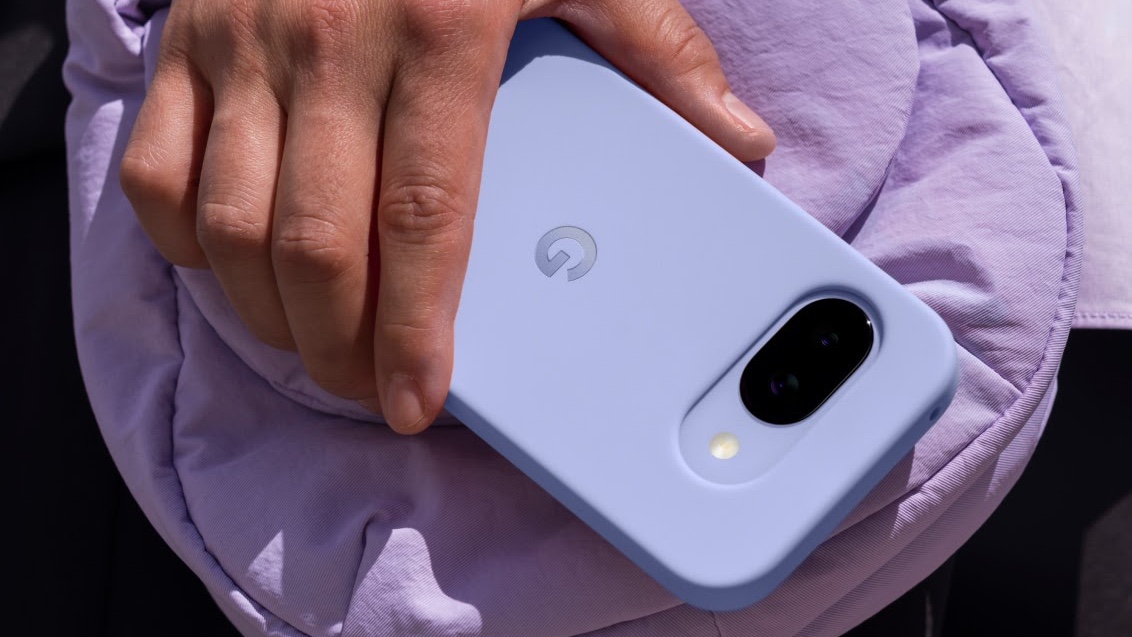That Weird Nubia X Dual-Screen Phone Is Actually Really Cool
Completely eliminating notches and bezels by putting a display on the back and using the main cameras to take selfies sounds strange until you see it.
Earlier this month we met the Nubia X, a phone that gets a true full edge-to-edge screen by adding a second display on the back of the phone, which allows people to use the back camera to take selfies.
It sounds pretty weird, but now we've seen how this gadget works, and it’s actually pretty damn cool. Check out the video.
On sale Nov. 6, the Nubia X is a dramatically different alternative to other notch killers, like the motorized sliding display of the Oppo Find X, a magnetic power slider design like the Xiaomi Mi Mix 3, or the pop-up selfie camera of the Vivo Nex S. The Nubia X doesn't have any movable parts at all, addressing the durability concerns of those other phones.
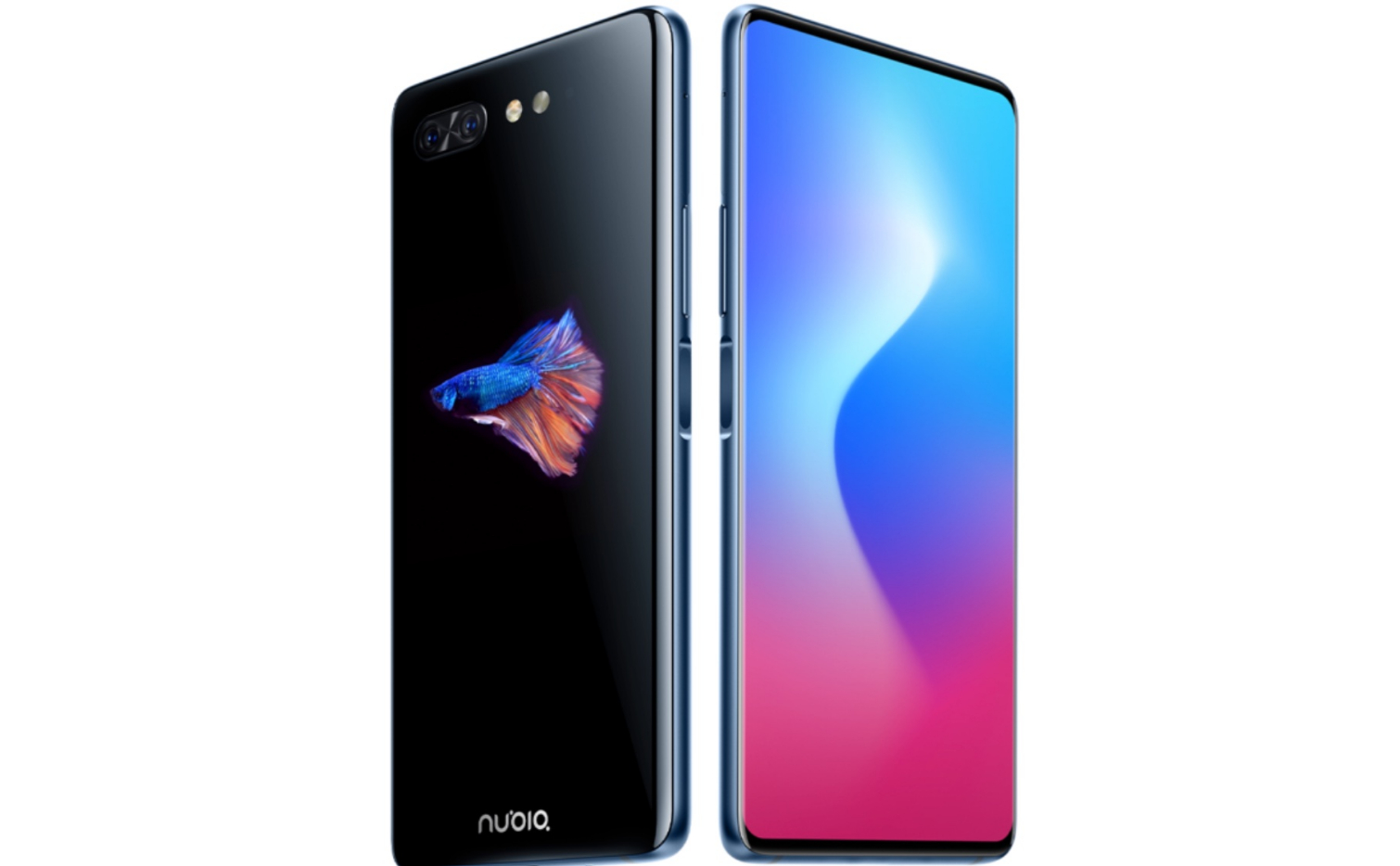
In fact, the Nubia X — which starts at only $473 in China — may be one of the best concepts this year, approaching the entire notch-less, true full-screen dilemma in a completely different way. Or at least the most ingenious and potentially useful way.
MORE: Best Smartphones - Here Are the 10 Best Phones Available
Dual screens with a twist
And the result is surprisingly good. On the front, the 6.26-inch, 19:9 ratio, 2280 x 1080-pixel AMOLED screen looks totally clean, with almost no bezels on the sides and extremely thin ones on top and bottom— a 93.6 percent screen-to-body ratio. There’s a fingerprint ID sensor under the display, which the company claims unlocks the phone in 0.1 seconds, and that’s it.
Sign up to get the BEST of Tom's Guide direct to your inbox.
Get instant access to breaking news, the hottest reviews, great deals and helpful tips.
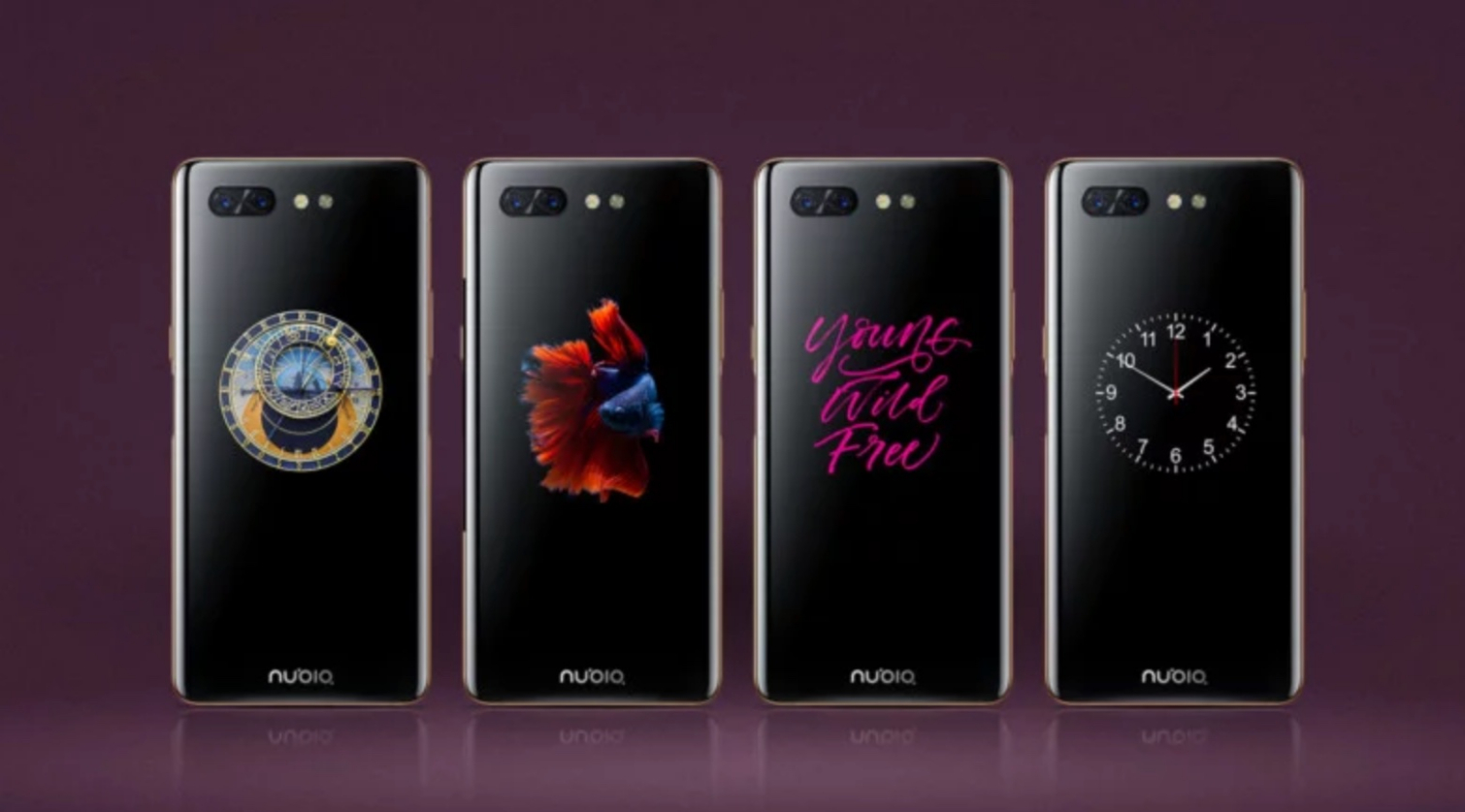
On the back there’s another AMOLED touchscreen that is 5.1 inches and 1520 x 720 pixels. This is the one you use for the selfies, but also to display any information you want, from a clock face to notifications to custom decorations. The idea is that, while you are not taking a selfie, you can set this screen to the optional always on mode.
Being OLED, people will be able to set a low-power consumption face with a 100 percent black background. It’s smart, and I bet that many people will like the customization option.
AI at work
ZTE claims that it uses artificial intelligence and sensors to automatically turn displays on and off to save further energy: if you put the phone on the back, it will automatically turn off the display even if it’s in Always On mode. And vice versa: if you turn the phone around while using the front screen, it will illuminate the black automatically.
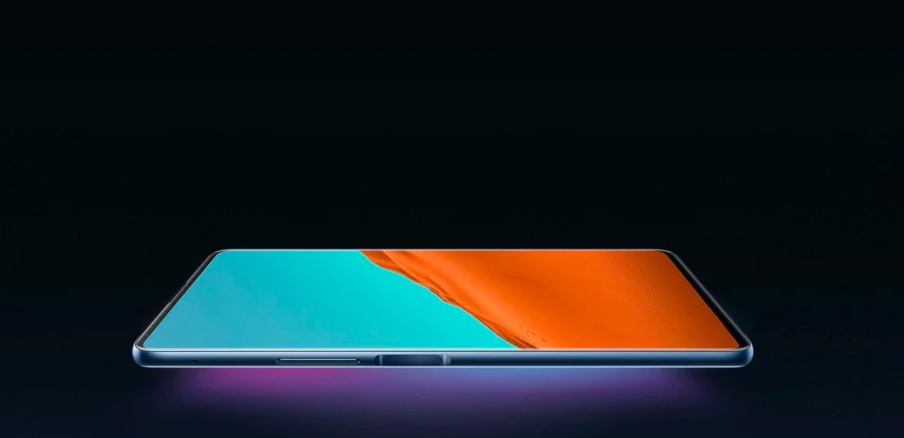
There’s another surprising application for the two displays: game developers will be able to use the secondary screen for game controls. It’s not clear who is going to support this and how it will work, but it’s intriguing.
Price and Availability
The Nubia X goes on sale Nov. 6 in China, with other markets to be announced. And if you think this thing is going to cost an arm and two kidneys, you are wrong: It starts at $473 for the 6GB RAM and 64GB storage and ends at $602 for the top of the line 8GB plus 256GB storage.
That's shockingly cheap for so much tech in such a compact package.
ZTE Nubia X Specs
The rest of this flagship is great, too: Snapdragon 845, 8GB of RAM and up to 256GB of storage. The battery is a solid 3,800-mAh. ZTE claims that it also has a low-power mode that, when you reach 5 percent of the battery, can power your Nubia X for up to 3 hours. It comes with a 18W fast charger.
Cameras
There are two cameras on the back: An f/1.7 aperture 24-megapixel and a f/1.8 16 megapixel sensor, which supports AI-based portrait mode with depth effects, scene recognition, and 240fps slow video capture. It also has two large dual-tone flashes, one of them being a softlight LED for better selfies, the manufacturer claims.
Since the Nubia X uses the back camere to take selfies, you'll be able to use the flash for better results in dim conditions.
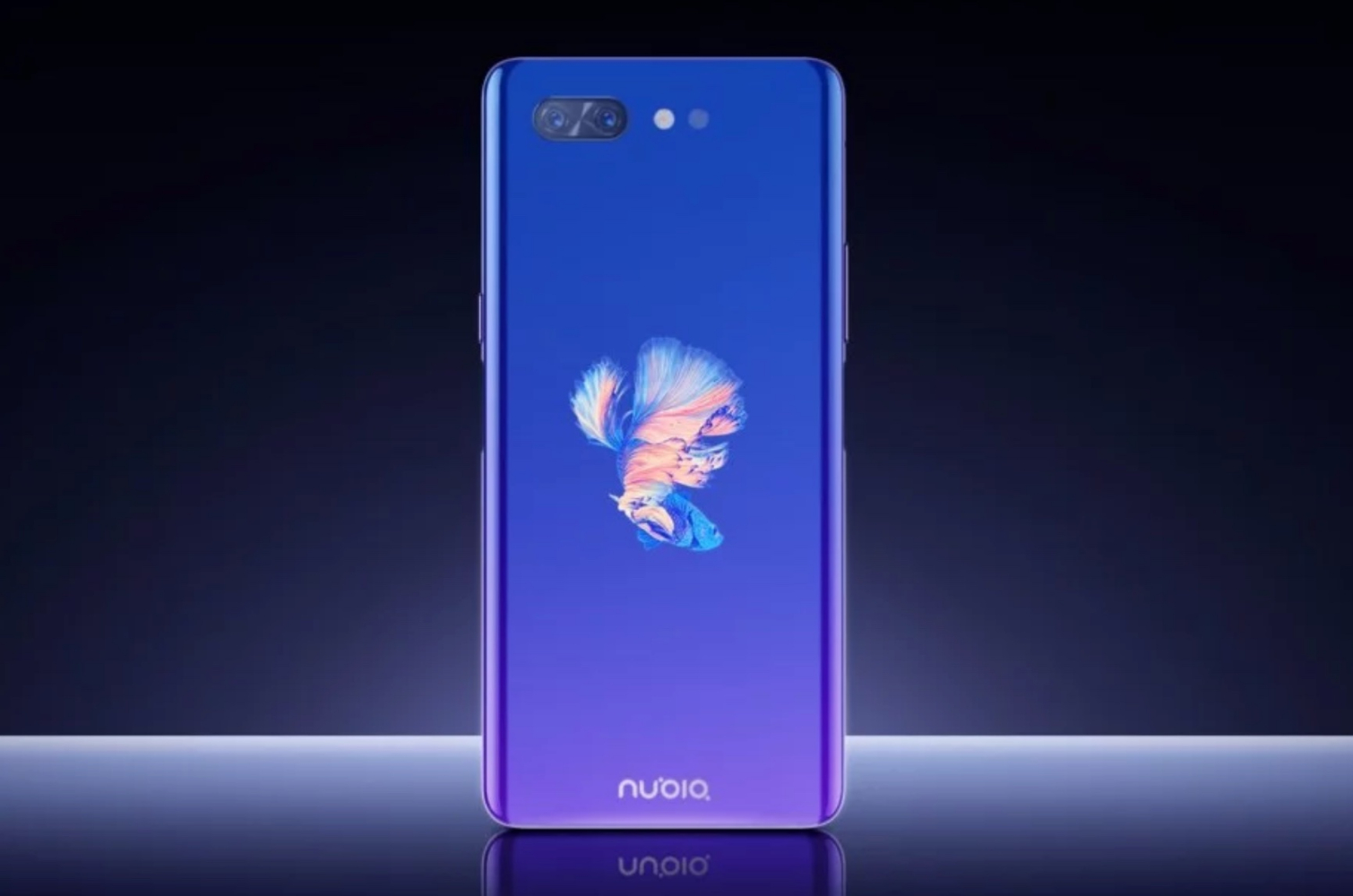
Size and weight
But perhaps what makes this phone even more surprising is its size: all of this tech is packed in an aviation-grade aluminum frame that is only 8.4mm thick. Compare that to the Samsung Galaxy S10’s 8.5mm, iPhone XR’s 8.3mm, iPhone XS’ 7mm or Pixel 3’s 7.9mm — but keep in mind that the cameras in the Nubia X are almost completely flush with the body.
The Nubia is also shockingly light for packing all this stuff: 181 grams. For comparison, the iPhones X series, are 177 grams (XS), 194 grams (XR) and 208 grams (XS Max).
The entire electronic package is cooled with graphene layers to quickly dissipate heat.
Outlook
On the surface, the Nubia X seems gimmicky, but ZTE's approach to full-screen phone design seems less cumbersome than other attempts we've seen, and also less prone to breakage over time. We look forward to bringing you a full review.
Jesus Diaz founded the new Sploid for Gawker Media after seven years working at Gizmodo, where he helmed the lost-in-a-bar iPhone 4 story and wrote old angry man rants, among other things. He's a creative director, screenwriter, and producer at The Magic Sauce, and currently writes for Fast Company and Tom's Guide.

